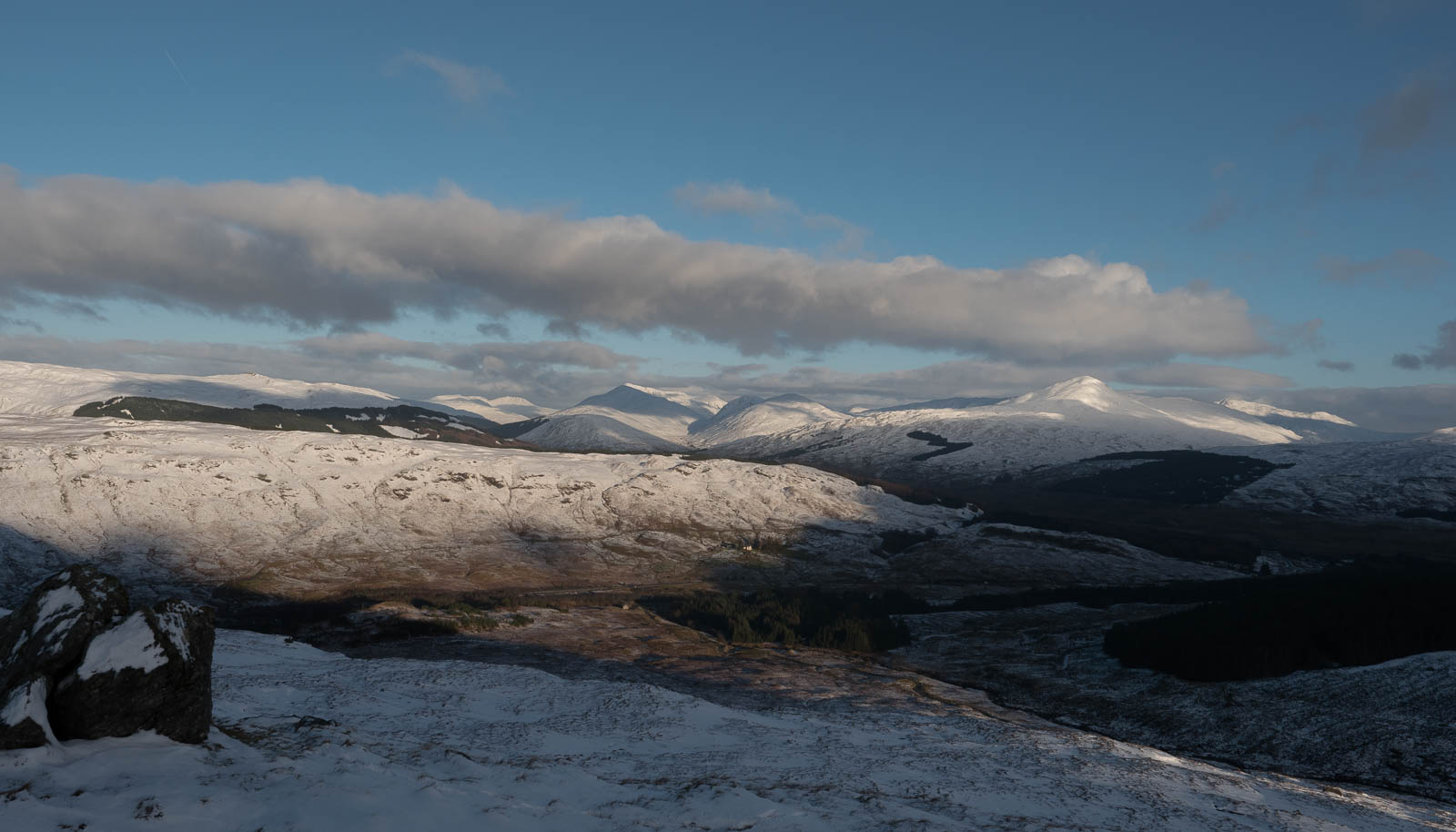Mountain Star

It was love at first sight. Those smooth curves, precision crafted from a solid block of stainless steel, the needle-sharp point, the smooth black, fully rubberised, shaft on which big red letters proudly declared:
Stubai — Made in Austria
She (for to my teenage mind that ice axe was definitely she) hung proudly in the window of the small climbing equipment shop. It wasn’t that I needed an ice axe, I wasn’t a mountaineer. But there was something deeply symbolic about it that made me pine for it.
It wasn’t just the smooth curve that drew the eye, there wasn’t that much else to look at in the window of the state-owned shop. A few steel carabiners, a Czech-made rope — in Czechoslovakia of my teenage years climbing gear wasn’t something you bought, it was something you made.
And so my first clumsy attempts to learn how to self arrest were with a slaters hammer, belonging to a friend and re-purposed by a blacksmith, an acquaintance of an acquaintance. Another friend, a machinist, who unlike me was a proper climber, made a pair of technical axes at his work, based on some pictures from a foreign magazine he managed to get hold of. He showed me with great pride, excited about the inverse picks.
(I learnt later that pair failed on their first trip to the Tatras, my friend over-tempered the steel and the tips snapped off; such is the nature of progress. But not in my wildest dreams would have I imagined I will one day reminisce on this in Scotland, where the technical ice axe was born, and I expect Hamish McInnes suffered some similar teething problems as my friend did trying to follow in his footsteps.)
But back to that Stubai. There was yet another reason why that axe stood out. The price tag of 700 Kčs — three weeks of moderately decent wages — put it well out of my reach. And not just mine; it hung there for years, an object of unrequited lust, while in real life tools were improvised and borrowed.
When a decade later I walked into The New Heights in Falkirk to get the first ice axe I could call my own and saw a Stubai Mountain Star hanging there, that was it, there was no other choice I could make. Not the same axe, not as refined, more mass produced. Not the cheapest option either. But the pedigree unmistakable, I wasn’t buying a tool, I was buying into a dream.
—
It’s a fine winter day today, sandwiched between two ugly fronts, and so I am making most of it. The views from An Caisteal are stunning, with just enough cloud to create an ambience on the ridges. As I lean on the ice axe, all these memories flood in.
Over the years there have been others. Some leaner, some meaner, some definitely prettier. Some long gone, some still around. The Mountain Star among the latter, after twenty something years a trusted companion. It does everything I have ever wanted from a walking axe, and does so perfectly. The chromoly requires no care except for the occasional sharpening, the length is perfect to offer support on easy ground, and I like the reassuring weight, the feeling a tool was made for life rather than a season.
I eat my lunch on the summit and contemplate how to return. The Stob Glas ridge is irresistible. It’s not very cold and as I approach Bealach na Ban Leacainn, my crampons are starting to ball up; time to take them off, once I reach a safe place. In the meantime, a practised, near effortless, flick of the wrist to tap them with my axe, and they are clear again. None of my other axes can do that, they are either too light, or too short, or both — the Mountain Star is going to stay for a while yet, I think. And tonight I shall raise a glass to whoever designed it all those years back. Prost!